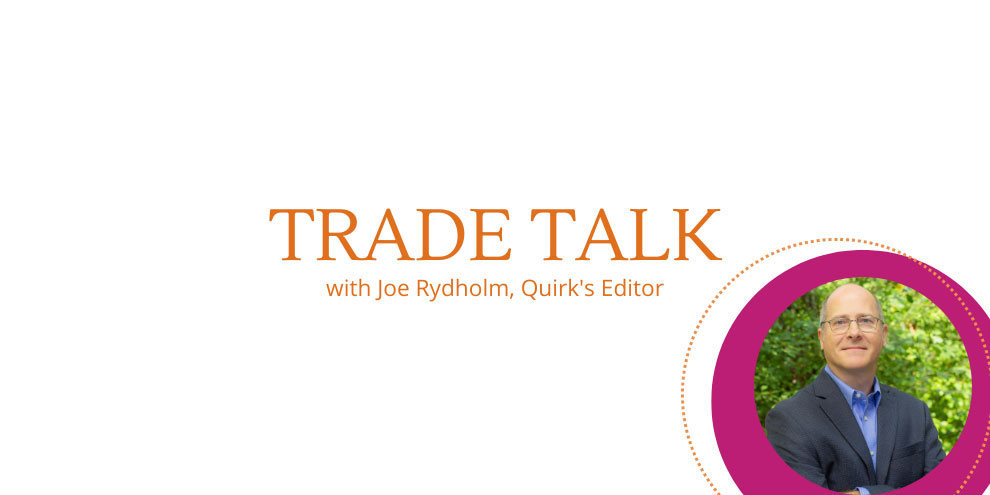This past July Quirk's teamed up with the producers of TMRE to hold the Insights Leadership & Talent Summit. Part of TMRE’s Summer Insights Fest (which included the UX Research & Insights Summit and Shopper Insights & Retail Activation), it was two days of client-side researchers taking deep dives with their peers into some crucial aspects of being an insights professional.
Among many standout talks during the Chicago gathering were those from Lisa Courtade, executive director, global customer insights leader at Merck, and Stephanie Fried, executive vice president, marketing research and analytics at Condé Nast.
Pride and emotion
It’s not often that you tear-up during a session at a research conference but that’s what happened to me (and I assume many others) during Courtade’s powerful session on leadership and creating research with impact. Early in her marketing research career she was on a team tasked to grow the market share of the injectable (vs. oral) form of the polio vaccine. She spoke with obvious pride and emotion of the impact of the team’s work on the company and, most importantly, people’s lives.
New to marketing research and new to the world of vaccines, she posed a lot of naïve questions, she told us, potentially challenging accepted ways of doing things. That fresh perspective led to asking about the value of including and considering the views of parents on the risks of immunization for their children – a departure from the existing practice of focusing most outreach efforts on motivating health care professionals. “The research that we subsequently did among parents to understand their views on immunization and the risk of vaccine associated paralytic polio [VAPP] from the live attenuate oral product ultimately led to a profound change in the Advisory Committee on Immunization Practices recommendations,” she told PharmaVOICE in an interview on the polio vaccine work (which I’m quoting here to make sure I characterize everything correctly!). “The company’s market share jumped from 2% to more than 80%. More importantly, while the live attenuated oral polio vaccine was an amazing product, we were able to shed light on how the risk equation had changed in the U.S. market. Since the recommended change in immunization practices, I know that because of the work that I led, hundreds of families have been spared the trauma of disability and death due to VAPP.”
While it’s hard to top that in terms of having an impact, she told her Chicago audience that researchers who want to make their own mark need to look at things with a learning mind-set rather than just focusing on a project’s success or failure. Think beyond the project at hand and deliver work that helps position research as an investment rather than just a cost, she said. Challenge assumptions and don’t just answer a question and stop there. Understand the business you’re researching so that you can deliver and data and insights that inspire action.
On the talent front, Fried offered many good suggestions for retaining the researchers you have on staff. She talked about the value of giving research team members the freedom to move across roles and responsibilities, rather than having them stay strictly in the insights lane. Letting people be part of a network helps them feel more satisfied, she said, and when employees are doing new and different things on a regular basis, they’re less likely to be hired away by startups dangling the ever-present promise of “working in a fun environment.”
And while some latitude in daily duties can be beneficial, it’s important to have a structured support plan for employee growth, she said, one that: formalizes training and development; presents opportunities for assignments that let workers stretch their skills; uses informal and formal mentorships; creates safe spaces in which to learn; and provides consistent, clear and direct feedback.
